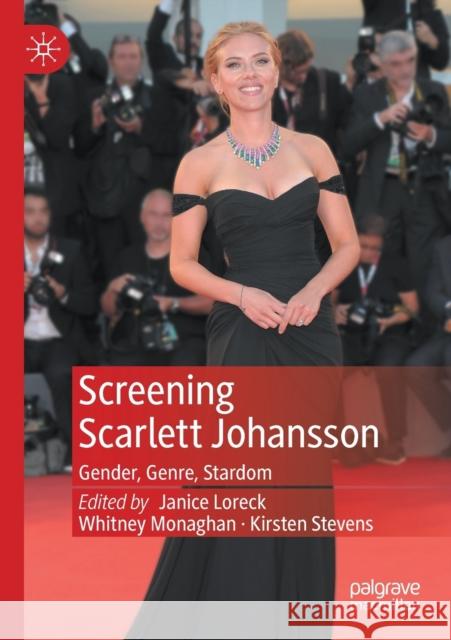Screening Scarlett Johansson: Gender, Genre, Stardom » książka
topmenu
Screening Scarlett Johansson: Gender, Genre, Stardom
ISBN-13: 9783030331986 / Angielski / Miękka / 2020 / 227 str.
Screening Scarlett Johansson: Gender, Genre, Stardom
ISBN-13: 9783030331986 / Angielski / Miękka / 2020 / 227 str.
cena 441,75
(netto: 420,71 VAT: 5%)
Najniższa cena z 30 dni: 424,07
(netto: 420,71 VAT: 5%)
Najniższa cena z 30 dni: 424,07
Termin realizacji zamówienia:
ok. 22 dni roboczych
Dostawa w 2026 r.
ok. 22 dni roboczych
Dostawa w 2026 r.
Darmowa dostawa!
Kategorie:
Kategorie BISAC:
Wydawca:
Palgrave MacMillan
Język:
Angielski
ISBN-13:
9783030331986
Rok wydania:
2020
Wydanie:
2019
Ilość stron:
227
Waga:
0.33 kg
Wymiary:
21.01 x 14.81 x 1.45
Oprawa:
Miękka
Wolumenów:
01
Dodatkowe informacje:
Wydanie ilustrowane











